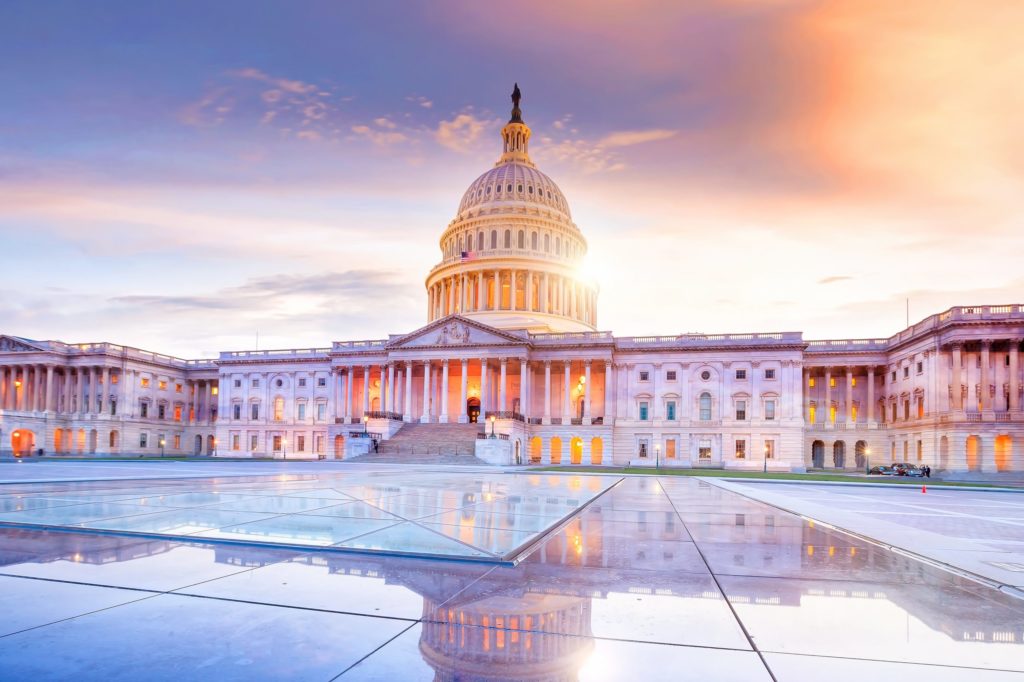Capping premium subsidies won’t kill crop insurance
The federal crop insurance program, administered by the U.S. Department of Agriculture’s (USDA) Risk Management Agency (RMA), serves as the largest single source of federal support for farms nationwide. Created during the Great Depression as a safety net to protect farmers from extreme loss due to market volatility and natural disasters, the program has been augmented several times via legislation, particularly the establishment of the RMA in the 1990s.
The program again expanded dramatically with passage of the Agriculture Act of 2014, as policymakers sought to replace the politically unpopular direct-payment system with what they anticipated would be a more market-friendly risk-management approach. In the past few decades, federally supported crop insurance has evolved into a massive, ever-expanding program that now covers about 130 crops and nearly 300 million acres of land. The USDA subsidizes an average of 62 percent of participating agricultural producers’ crop-insurance premiums, regardless of the size of their operations. With no reasonable controls on the program’s growth, farmers are encouraged to buy more insurance than they need, while taxpayers are forced to bear much of the risk. The majority of federal support flows to major agribusinesses, rather than small farms struggling to stay afloat.
In an attempt to rein in the ballooning federal program and eliminate its tendency toward cronyism, reformers in recent years have proposed enacting payment limits that would cap the amount any individual farmer could receive in annual premium subsidies. For example, a measure proposed by Reps. Ron Kind, D-Wis., and Tom Petri, R-Wis., during the last farm-bill negotiations would have capped payments at $50,000 and mandated means-testing for premium support, such that farms netting more than $250,000 could not receive any subsidies. This amendment failed by a narrow margin, but the reaction from the farm lobby and politicians with agricultural constituencies was typical. Any attempt to limit premium subsidies—no matter how modest—tends to be met with vigorous opposition from farm-subsidy supporters, who claim without evidence that such caps would devastate U.S. agricultural production.
To date, there has been little data-based evidence to quantify how many farms would be affected by premium-subsidy caps and how significantly their revenues would decline. R Street Institute Associate Fellow Vince Smith provided answers to these important questions in a recent policy study.2 Using a data-based simulation, Smith determined how various premium-cap proposals would affect farms across a dozen geographically diverse states and the extent to which affected farms would see a substantial reduction in their gross income from crop operations.
Fortunately for reform-minded congressmen, the answer is clear: a modest cap on crop-insurance-premium supports would not translate to devastating income loss for farms, nor would it destroy U.S. crop production. It would, however, place a meaningful check on the program’s growth, reduce taxpayer liabilities and ensure that federal funds aren’t used to boost the incomes of wealthy agribusinesses









